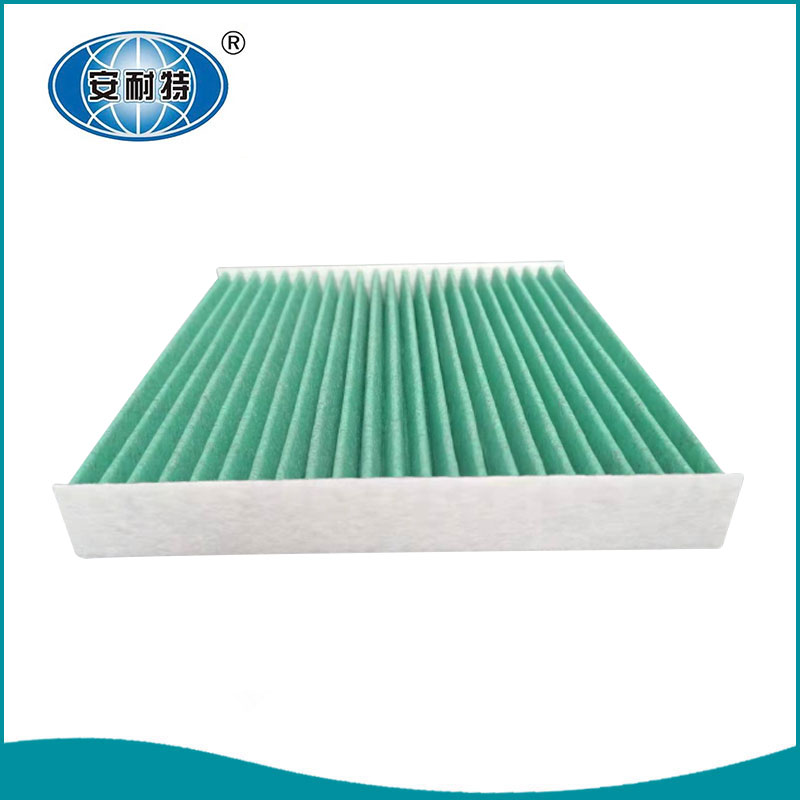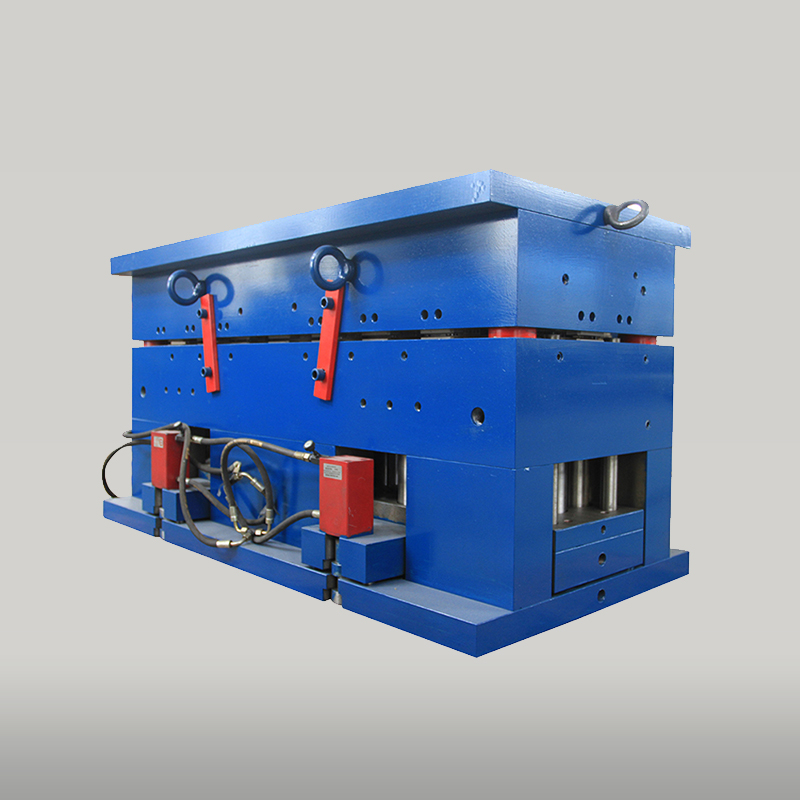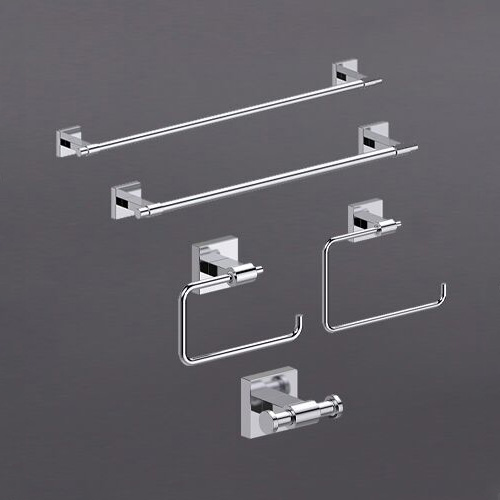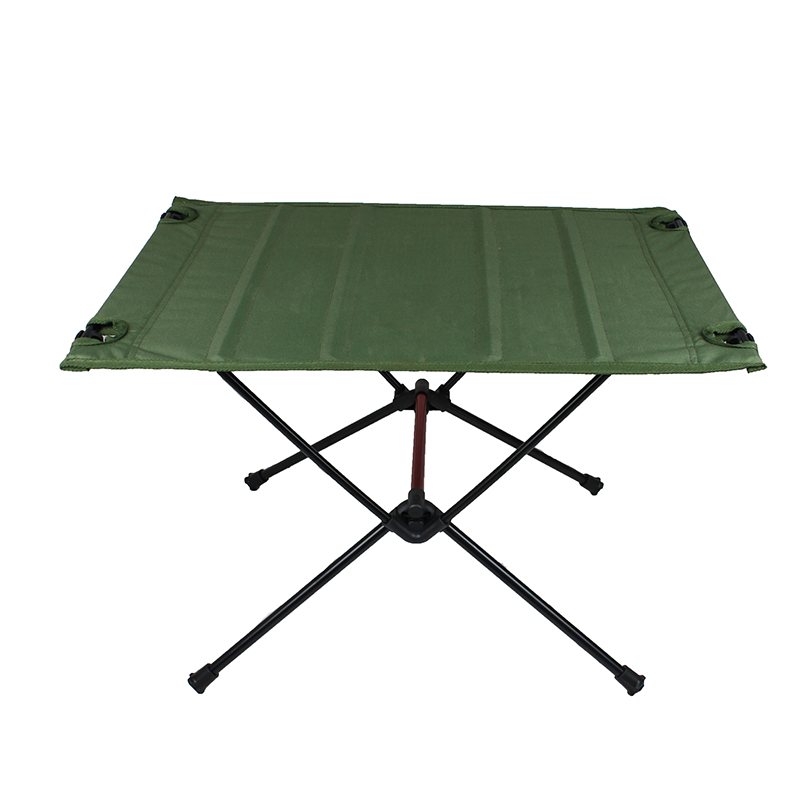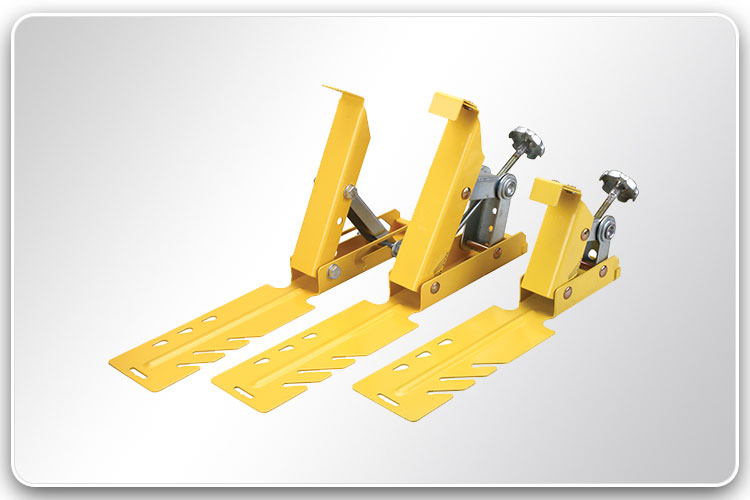What is Auto car Cabin Air Filter?
An auto car cabin air filter, also known as an HVAC (Heating, Ventilation, and Air Conditioning) filter or pollen filter, is an essential component of a vehicle's ventilation system. Its purpose is to filter the air that enters the passenger cabin, ensuring clean and fresh air for the occupants.......
Send Inquiry
Product Description
An auto car cabin air filter, also known as an HVAC (Heating, Ventilation, and Air Conditioning) filter or pollen filter, is an essential component of a vehicle's ventilation system. Its purpose is to filter the air that enters the passenger cabin, ensuring clean and fresh air for the occupants.
Here are some key points about auto cabin air filters:
1. Function: The primary function of a cabin air filter is to trap and remove airborne contaminants, such as dust, pollen, mold spores, bacteria, and exhaust particulates, from the outside air before it enters the vehicle's cabin.
2. Location: The cabin air filter is typically located behind the glove compartment or under the dashboard, depending on the vehicle's make and model. It is positioned in the path of the air intake, ensuring that all incoming air passes through the filter.
3. Maintenance: Cabin air filters require regular maintenance and replacement to ensure optimal performance. The replacement interval varies depending on factors such as driving conditions, environmental factors, and the filter's quality. It is advisable to follow the manufacturer's recommendations for filter replacement, usually every 10,000 to 20,000 miles (or as specified in the vehicle's owner's manual).
4. Benefits: A clean cabin air filter improves the air quality inside the vehicle, providing several benefits. It helps reduce allergens, such as pollen and dust, which can alleviate allergies and respiratory issues. Additionally, it prevents unpleasant odors, blocks larger debris from entering the cabin, and maintains the efficiency of the HVAC system.
5. DIY Replacement: Cabin air filter replacement is a relatively simple task in most vehicles. It usually involves accessing the filter housing, removing the old filter, and installing a new one. However, some vehicles may require professional assistance or specific tools for filter replacement. Consult the owner's manual or seek guidance from a qualified technician if you're unsure about the process.
6. Filter Types: Cabin air filters come in various types, including particulate filters, activated carbon filters, and combination filters (particulate and activated carbon). Particulate filters capture solid particles, while activated carbon filters also absorb odors and harmful gases. Combination filters provide both particle and odor filtration.
7. Aftermarket Options: In addition to original equipment manufacturer (OEM) filters, there are aftermarket cabin air filters available in the market. These filters often offer comparable performance and may be more cost-effective than OEM options. However, it's important to choose a reputable brand and ensure compatibility with your vehicle.
Regularly replacing your auto car cabin air filter is an essential maintenance task that helps maintain a healthy and comfortable cabin environment. It's advisable to consult your vehicle's owner's manual or seek professional guidance for specific instructions related to your car's cabin air filter replacement.



